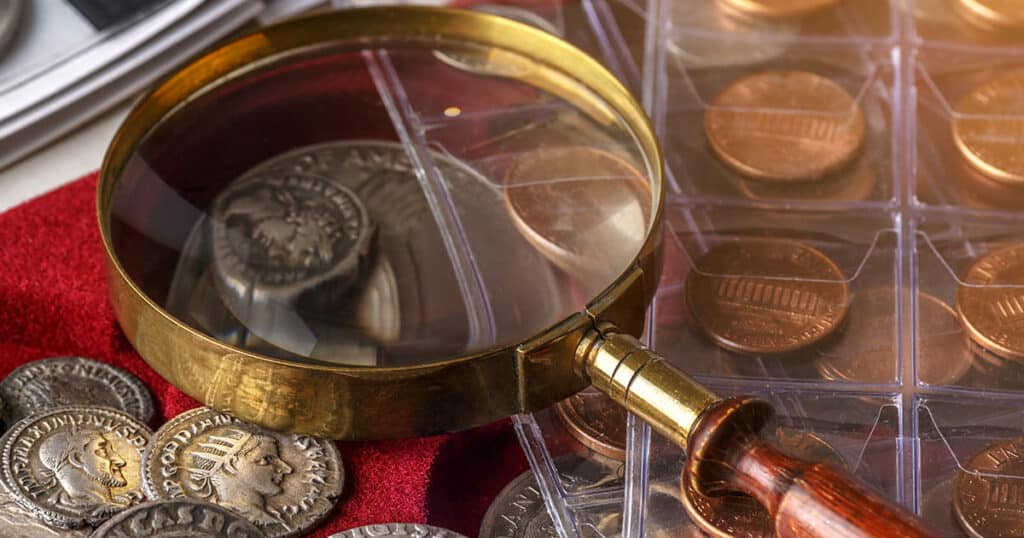
There is a 70-point grading scale that is most used known as the Sheldon Scale. It ranges from Poor (P-1) to Perfect Mint State (MS-70) which assigns a numeric and adjective value to a coin. Adjectives like Good, Fair, and Excellent were initially used but the subjective nature of those terms made it hard for collectors and dealers to agree on the same values.
William Herbert Sheldon presented his scale in 1949, making it the first to use numerical values and adjectives. The American Numismatic Association adapted the Sheldon Scale in the 1970s to update the scale for future use.
Two letters are often used before the numerical value to indicate the coin’s strike type. Mint State (MS) is for coins struck in the same form as circulation issues and is used for grades 60 to 70. Proof (PF) is for coins struck in a unique and collectible format, while Specimen (SP) is a mix between Mint State and Proof.
NGC and PCGS are two reputable coin grading companies that can grade coins individually sent in or provide graded options to distributors like APMEX. NGC’s website provides a simplified example of the Sheldon scale:
| Adjectival Grade | Label Abbreviation | Numeric Grade Range |
| Poor | PR | 1 |
| Fair | FR | 2 |
| About Good | AG | 3 |
| Good | G | 4–6 |
| Very Good | VG | 8–10 |
| Fine | F | 12–15 |
| Very Fine | VF | 20–35 |
| Extremely Fine | XF | 40–45 |
| About Uncirculated | AU | 50–58 |
| Mint State / Uncirculated* | MS | 60–70 |
| Proof | PF | 60–70 |




